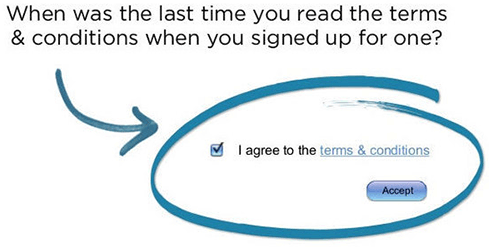12:17 PM
Finally the Right Time for Swap Futures
Expected Evolution of the IRS Markets
As the swap markets become more electronic, we expect both swaps and swap futures to trade side-by-side.
The evolution toward futurization is the result of cost differences of trading products with similar risk profiles. Regulation has created economic incentives to transfer generic risk through generic products. Using a customized product, such as a swap, to take a directional view on rates or swap spreads will no longer be the most cost-efficient way to express that view. While many see this as the futurization of the swaps markets, it is actually the reversal of the swap-ification of generic risk transfer.
Who will trade these products?
• Dealers trying to balance their cleared swap risk positions at central counterparties (CCPs), particularly as alternatives to cleared swaps for non-cleared end-user transactions
• Participants seeking an interest rate or swap spread position that do not want or need the customization of a swap, nor the need for unwinding and/or compression
• Participants seeking to maximize nettable offsetting risk with other futures products
• Participants that actively trade the markets (HFTs, arbitrage players, etc.)
• Firms wishing to operate under a single regulatory framework
• Smaller firms frozen out of FCM clearing access
Why now?
As the clearing mandate phases-in (and subsequently the trading mandate), the costs involved will become tangible and begin to accrue. Firms will adopt strategies that minimize the all-in cost of a transaction over its expected lifecycle. This will include execution-related cost as well as funding. We expect firms to reevaluate the criteria used in their hedging programs and to more closely consider the costs and benefits between acceptable basis risk and the “perfect” hedge.
When will volume grow?
Likely over the same phase-in period.
As seen in the chart below, current volume in the 5 Year Deliverable Swap Futures contract is rather modest, although not that different from the early days of the Treasury Bond contract, which averaged just over 200 contracts per day in late 1977/early 1978.

The realistic potential trading volume for IRS swap futures is significant. Recent daily activity in the benchmark 5-year IRS averaged around US$10-15 billion notional reported to DTCC (spot starting 5-year IRS contracts only). It is plausible, if not likely, that a significant percentage of this generic risk transfer could easily migrate from swaps to futures (in addition to volume from futures traders, speculators, and other ISDA and non-ISDA participants). These are conservative estimates but illustrate baseline market potential.
[Swaps Exchange Gears Up for Dodd Frank Mandates]
So while swap futures in the past have not gained traction, the market environment today is ripe. There is clear impetus for firms to adopt risk-equivalent, low-cost alternatives to cleared swaps. The economic incentives hold true for banks, swap dealers, speculators and end users alike. The evolution will continue as risk transfer migrates to the most efficient and lowest-cost products. In many cases these are likely to be swap futures contracts.
The rules of the game have changed. In response, participants will change the way they play. Matt Samelson is a Principal at Woodbine Associates, Inc. focusing on strategic, business, regulatory, market structure and technology issues that impact firms active in and supporting the global equity markets. He brings to the firm a wealth of experience in U.S. and ... View Full Bio




























